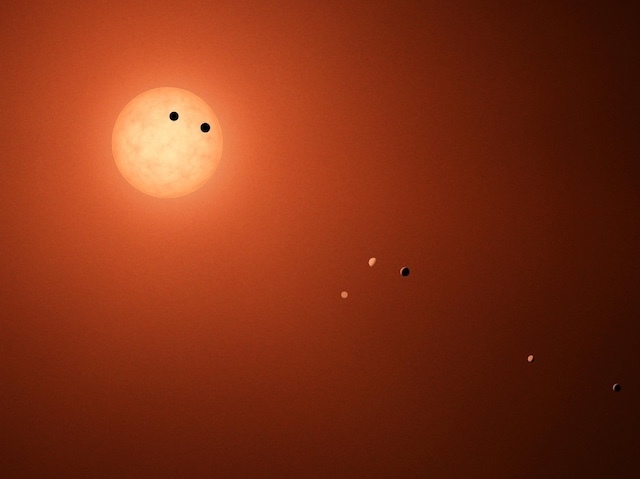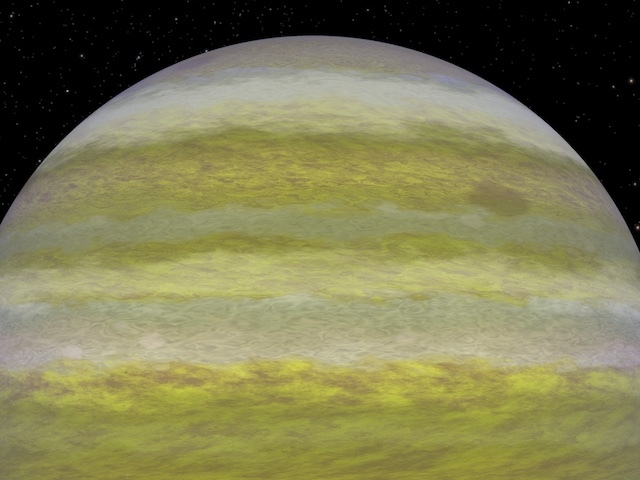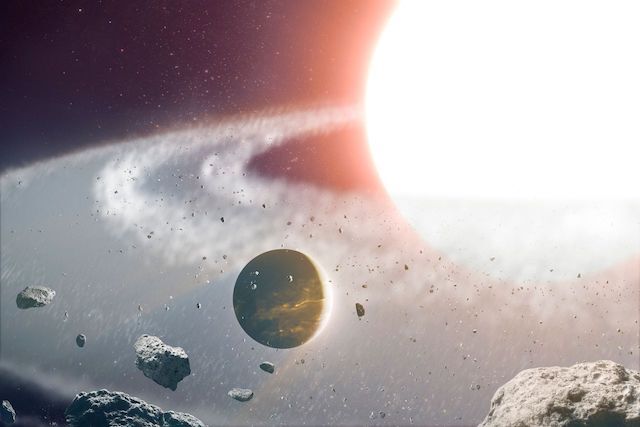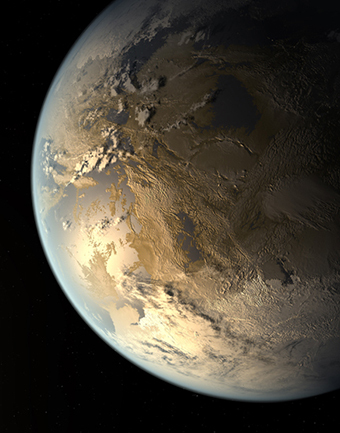News | June 15, 2017
Icy moons, galaxy clusters, and distant worlds among selected targets for James Webb Space Telescope
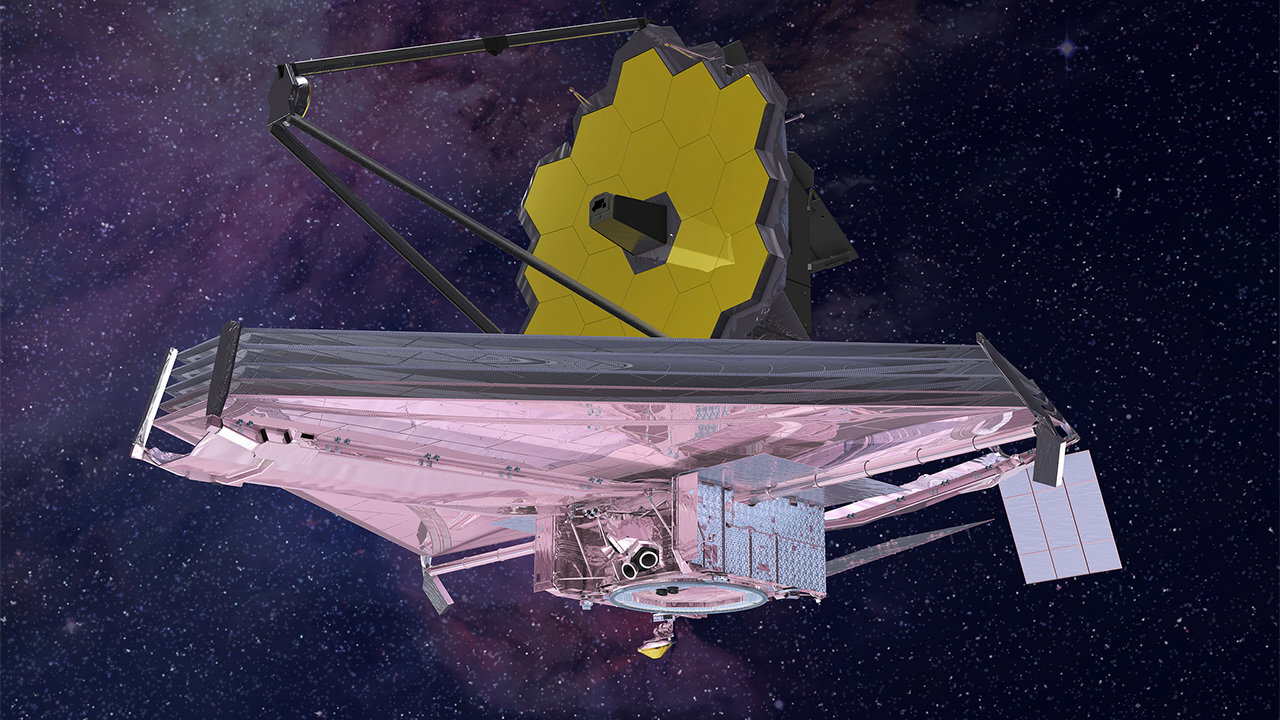
Artist's concept of NASA's James Webb Space Telescope. Credit: NASA
Mission officials for NASA’s James Webb Space Telescope announced some of the science targets the telescope will observe following its launch and commissioning. These specific observations are part of a program of Guaranteed Time Observations (GTO), which provides dedicated time to the scientists that helped design and build the telescope’s four instruments.
“From the very first galaxies after the Big Bang, to searching for chemical fingerprints of life on Enceladus, Europa, and exoplanets like TRAPPIST-1e, Webb will be looking at some incredible things in our universe,” said Eric Smith, James Webb Space Telescope Director at NASA Headquarters in Washington. “With over 2100 initial observations planned, there is no limit to what we might discover with this incredible telescope.”
[See TRAPPIST-1: Largest batch of Earth-size, habitable-zone planets around single star]
The broad spectrum of initial GTO observations will address all of the science areas Webb is designed to explore, from first light and the assembly of galaxies to the birth of stars and planets. Targets will range from the solar system’s outer planets (Jupiter, Saturn, Uranus, and Neptune) and icy Kuiper Belt to exoplanets to distant galaxies in the young universe.
“From the very first galaxies after the Big Bang, to searching for chemical fingerprints of life on Enceladus, Europa, and exoplanets like TRAPPIST-1e, Webb will be looking at some incredible things in our universe.”
“The definition of observations to be conducted by the Webb Guaranteed Time Observers is a major milestone along the timeline for producing revolutionary science with this incredibly powerful observatory. These observations by the teams of people who designed and built the Webb instruments will yield not only amazing science, but will be crucial in putting the observatory through its paces and understanding its many capabilities,” said Dr. Ken Sembach, director of the Space Telescope Science Institute, which will lead science and mission operations for Webb.
“I am very pleased that we’re at this point since it is now possible for the broader science community to begin selecting targets and designing observations for the Early Release Science program and the Cycle 1 call for proposals, which will be issued this fall,” he added.
Observing time on Webb is scheduled in a series of cycles. Cycle 1 will encompass about 8,700 hours, or nearly a year. For their dedicated work on the project, the Guaranteed Time Observers were awarded 10 percent of the total JWST observing time in the prime mission. To maximize the overall JWST scientific return, the GTO projects will be scheduled earlier in the mission, and are expected to be completed within the first two years of telescope operations.
The observations announced today will help the broader scientific community plan their proposals for observations to be made during Cycle 1. A call for proposals for regular Cycle 1 observations will be issued later this year.
Webb is designed to complement and extend the scientific capabilities of other NASA missions such as the Hubble Space Telescope. It will be the most powerful space telescope ever built. Webb is an international project led by NASA with its partners, ESA (European Space Agency) and CSA (Canadian Space Agency). The Space Telescope Science Institute (STScI) in Baltimore will conduct Webb science operations. STScI is operated for NASA by the Association of Universities for Research in Astronomy, Inc., in Washington, D.C.
For more information about the Webb telescope, please visit:
Media contacts:
Felicia Chou / Natasha Pinol
NASA Headquarters, Washington, D.C.
202-358-0257 / 202-358-0930
felicia.chou@nasa.gov / natasha.r.pinol@nasa.gov
Christine Pulliam / Ray Villard
Space Telescope Science Institute, Baltimore, Maryland
410-338-4366 / 410-338-4514
cpulliam@stsci.edu / villard@stsci.edu


